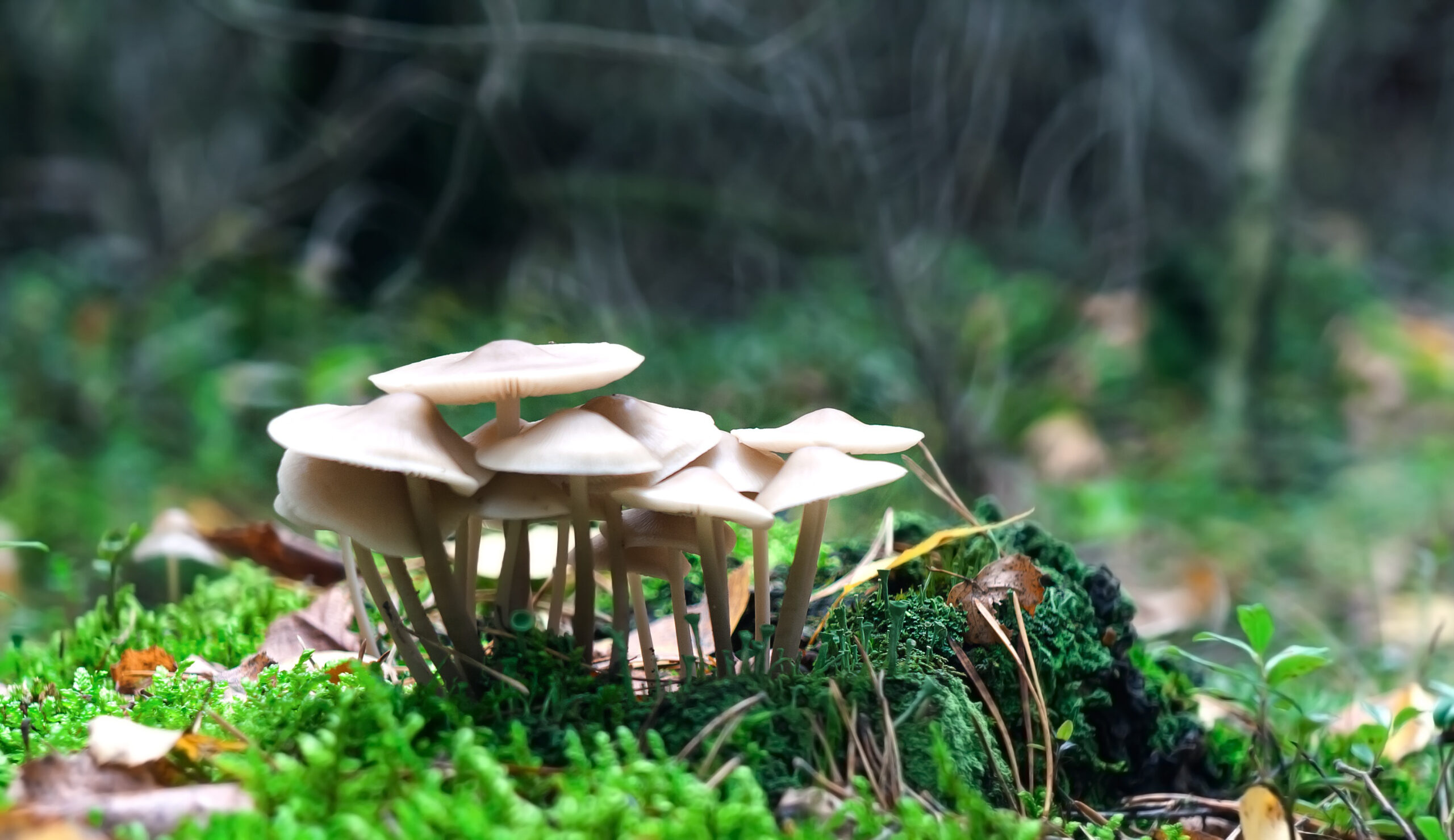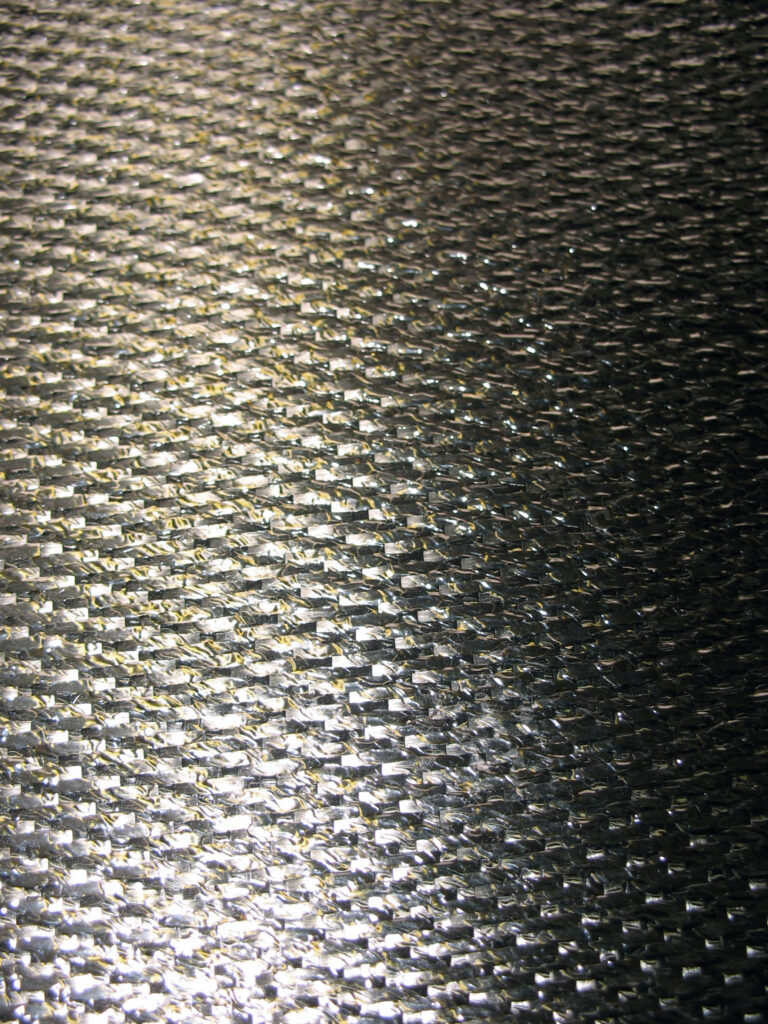Is There Mold Lurking in Your Home?: Common Sources of Mold Growth and How to Prevent Them
Mold is a type of fungus that can grow almost anywhere, including your home. While mold is commonly associated with damp or wet areas, it can also thrive in dry environments like carpets, upholstery, and even paper products. And while some types of mold are harmless, others can pose significant health risks for you and your family. In this article, we’ll explore the common sources of mold growth in homes, the signs and symptoms of exposure, and how to prevent mold from taking root in your living space.
Introduction to Mold and Its Health Effects
Molds are microscopic organisms that belong to the kingdom Fungi. They play an essential role in nature by breaking down dead plant and animal matter, but they can also cause problems when they grow indoors. Exposure to mold can trigger allergies, asthma attacks, and other respiratory issues. Some people may experience skin irritation, headaches, fatigue, and difficulty concentrating after prolonged exposure to mold. In severe cases, mold can lead to serious health complications such as pulmonary hemorrhage, memory loss, and neurological disorders.

Common Sources of Mold Growth in Homes
Mold needs three things to grow: moisture, food, and warmth. It thrives in humid conditions and feeds on cellulose-based materials found in building materials like wood, paper, and insulation. Here are some common sources of mold growth in homes:
1. Leaks and Moisture Damage – Water leaks from pipes, roofs, windows, or foundation cracks can create damp conditions that encourage mold growth. Flooding, high humidity, and poor ventilation can also contribute to mold problems.
2. Poor Ventilation – Without adequate airflow, moisture can build up inside walls, ceilings, and other hidden spaces where mold can flourish. Bathrooms, kitchens, and laundry rooms are particularly susceptible to mold growth due to excess steam and water vapor.
3. Dirty HVAC Systems – Heating, ventilation, and air conditioning (HVAC) systems can accumulate dust, debris, and moisture over time, creating ideal breeding grounds for mold.
4. Carpeting and Upholstery – Synthetic fibers used in carpets and furniture can provide ample nutrients for mold growth. Even if there isn’t visible damage or stains, mold spores can still be present.
5. Paper Products – Books, newspapers, and other paper items can support mold growth if they become damp or wet.
Signs and Symptoms of Mold Exposure
The presence of mold in your home doesn’t always mean you’re experiencing adverse health effects. However, certain individuals may be more sensitive to mold than others. If you suspect mold is causing health problems, look out for these common signs and symptoms:
1. Respiratory Issues – Wheezing, coughing, shortness of breath, and runny nose are common indicators of mold allergy or sensitivity.
2. Skin Irritations – Rashes, hives, and itchiness can occur after contact with moldy surfaces or particles.
3. Headaches and Fatigue – Prolonged exposure to mold can cause headaches, fatigue, and difficulty concentrating.
4. Nausea and Vomiting – Severe reactions to mold can cause gastrointestinal distress, nausea, and vomiting.
Preventing Mold Growth in Your Home
To keep mold at bay, here are some tips for preventing its growth in your home:
1. Fix Leaks Immediately – Address any water leaks or damages promptly to prevent moisture buildup and subsequent mold growth.
2. Use Dehumidifiers – Reduce humidity levels in damp areas like basements and bathrooms with a dehumidifier. Keep humidity below 60% to discourage mold growth.
3. Provide Good Air Flow – Ensure proper ventilation throughout your home, especially in areas prone to moisture buildup. Open windows regularly to allow fresh air circulation.
4. Clean Regularly – Wipe away condensation and drips around windows, doors, and appliances. Clean shower curtains, rugs, and other absorbent materials frequently.
5. Check HVAC Systems – Have your heating and cooling system professionally cleaned and serviced annually to remove dirt, debris, and potential mold sources.
In conclusion, mold can have negative impacts on both your physical and mental wellbeing. By identifying common sources of mold growth in your home and implementing preventive measures, you can minimize the risk of exposure and maintain a safe and healthy environment for yourself and your loved ones.






